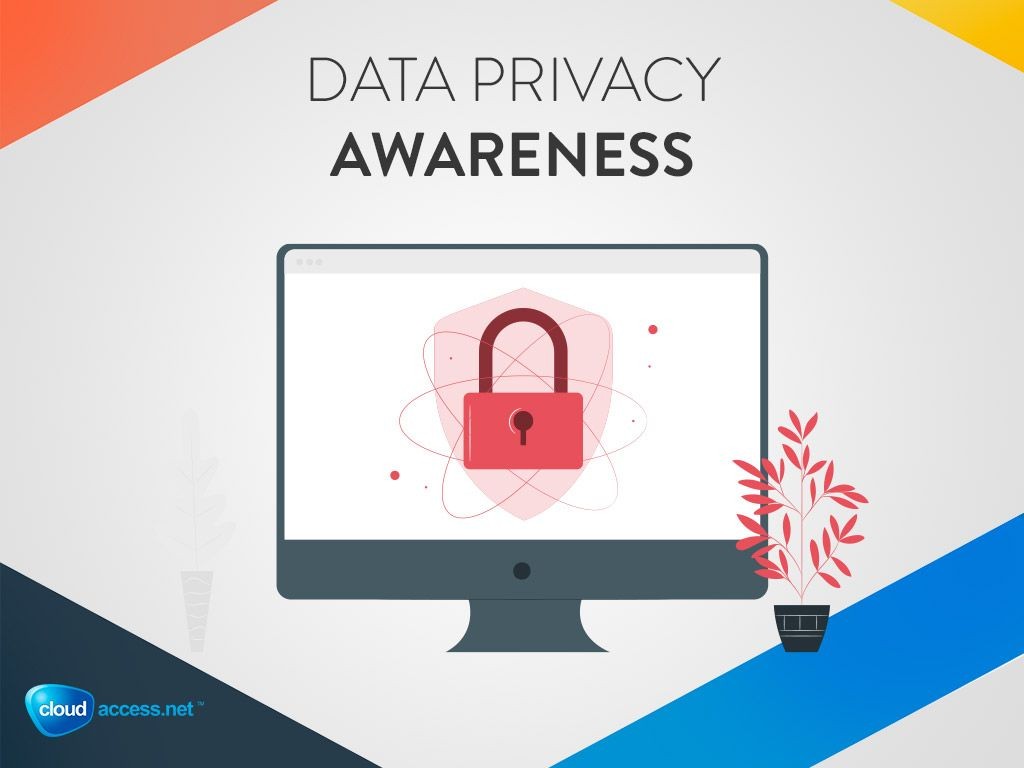
Microsoft’s Commitment to User Privacy: What You Need to Know
In today’s digital landscape, data privacy has become a paramount concern for users globally. As major tech players continuously evolve to navigate this complex landscape, Microsoft has taken significant steps to ensure that user privacy is front and center in its operations. A recent focus on privacy policies has revealed how Microsoft manages cookies and user data, but what does this mean for everyday users?
Understanding Cookies and Tracking
Cookies are small files that websites store on your device to gather information about you. Microsoft, alongside its third-party vendors, utilizes cookies to collect unique identifiers to deliver personalized services and ads. This personalization can enhance your online experience, making the content you see more relevant. However, it’s essential to understand that not everyone is comfortable with this level of tracking. Microsoft gives users the option to manage their preferences by either consenting to these practices or choosing to object.
 Understanding the importance of data privacy
Understanding the importance of data privacy
When you visit a Microsoft service, you are presented with the choice to either accept cookies or manage your preferences. Selecting ‘I Accept’ allows for a more personalized experience, including tailored advertisements on platforms like Bing. However, opting for ‘Manage Preferences’ provides users the ability to retain control over their data by selecting what tracking they are comfortable with.
The Balance Between Personalization and Privacy
Microsoft’s strategy highlights a delicate balance between user personalization and privacy. While personalized ads can improve user experience, they also raise ethical questions about the extent of tracking. Privacy advocates argue that while users may consent to data collection, many often do so without fully understanding the implications.
In my own experience, the first time I encountered a cookie consent banner, I felt a bit overwhelmed. The jargon was as foreign to me as coding terminology, yet I clicked ‘I Accept’ with a simple hope that my browsing experience would be enhanced. But at what price? Reflecting on that moment, I’ve come to realize the importance of deconstructing such agreements. Knowledge is power, especially when it comes to our online privacy.
Transparency and Control
A key aspect of Microsoft’s privacy practices is transparency. By openly communicating how cookies are used, they empower users to make informed decisions. The options provided under ‘Manage Preferences’ enable users to actively participate in how their data is handled. Notably, users can object to certain practices based on their preferences, thus gaining back a measure of control.
“We share this information with our partners on the basis of consent and legitimate interest.”
— Microsoft Privacy Policy
Microsoft’s commitment to transparency is commendable, but it’s crucial that the conversation around user privacy extends beyond mere consent. Educating users about what they are consenting to is vital. Many may not be aware of how their data is shared and processed, raising a fundamental question: Is consent truly informed?
 A deeper look into how data privacy is managed
A deeper look into how data privacy is managed
The Role of Third-Party Vendors
Another important aspect of Microsoft’s data privacy strategy is their relationship with third-party vendors. These partnerships can complicate the landscape, and users may not always understand which entities are handling their data. Microsoft is clear on its partners’ involvement, ensuring users know that their data is not only stored but shared for various purposes under the frameworks of consent and legitimate interest.
As a user, it’s essential to be aware that opting into services could involve sharing data with third parties that you may have no direct relationship with. This complexity becomes particularly challenging when these vendors are not as transparent in their data handling as Microsoft.
Conclusion: Staying Informed is Key
The reality of our increasingly connected world is that privacy will remain a pivotal topic. As users, we must remain vigilant and proactive about our data. Microsoft’s approach offers a blueprint for how tech companies should communicate privacy practices to their consumers, but it is our responsibility to engage with this information—understanding it, questioning it, and acting on it.
As we move forward in a world where data is currency, let’s push for deeper conversations about privacy, demanding clarity and rights from all tech entities. Understanding our digital footprint is no longer optional; it is imperative.
 Exploring effective strategies for data security in technology companies
Exploring effective strategies for data security in technology companies
For further reading, More information about how Microsoft manages user data can provide you with deeper insights into the company’s privacy philosophy. Understanding privacy in tech is a journey, and every step counts toward a more secure digital future.















